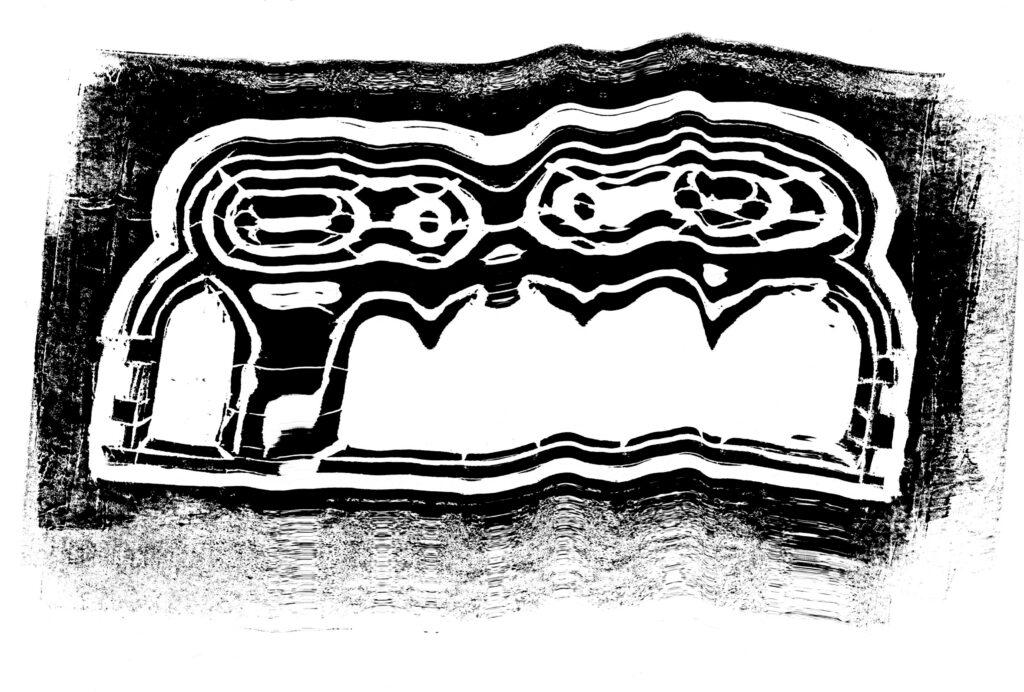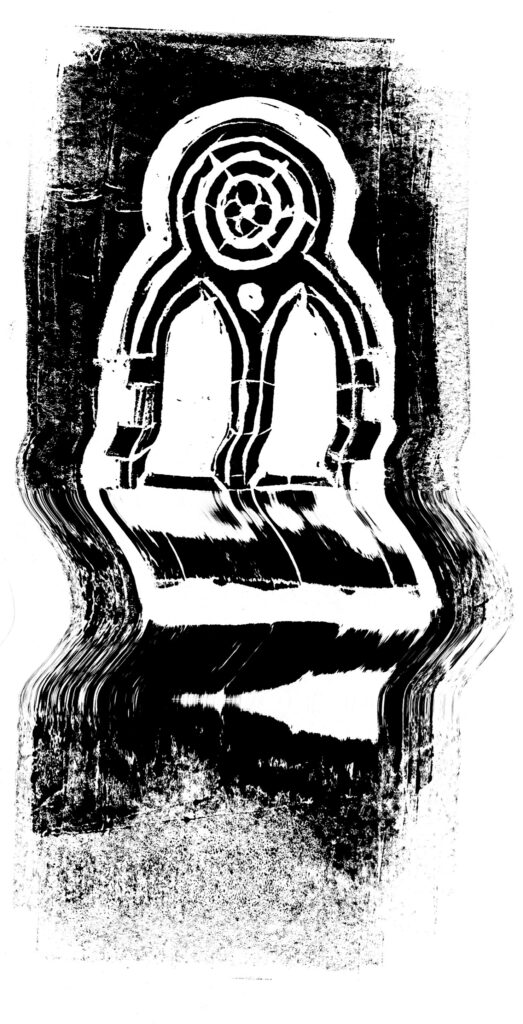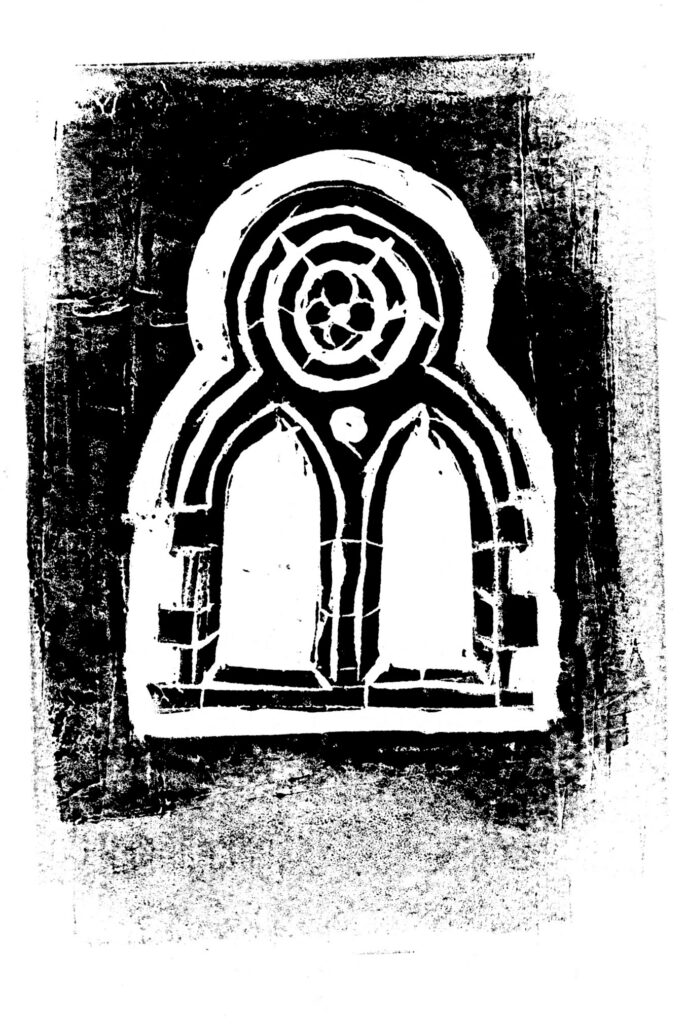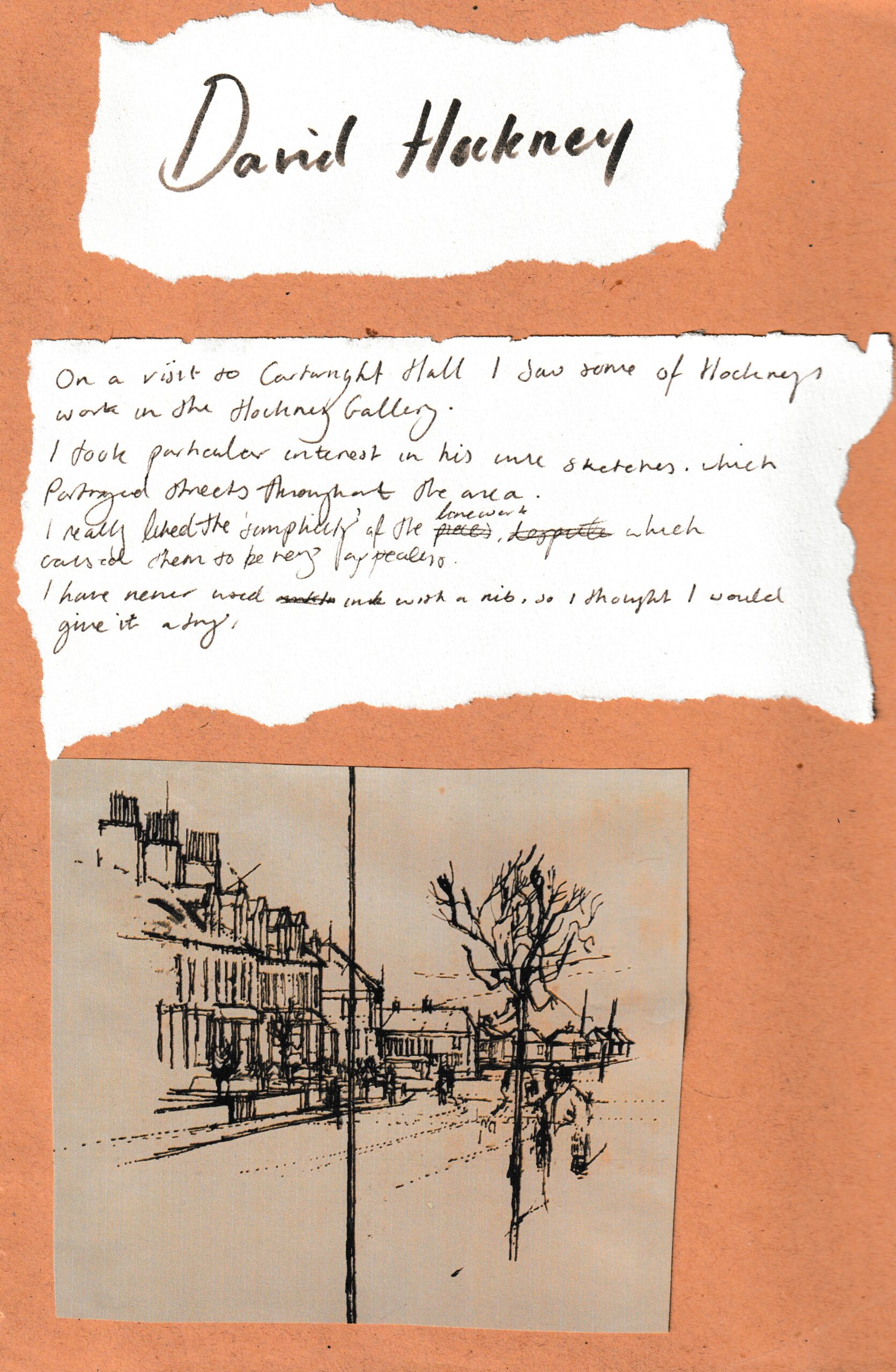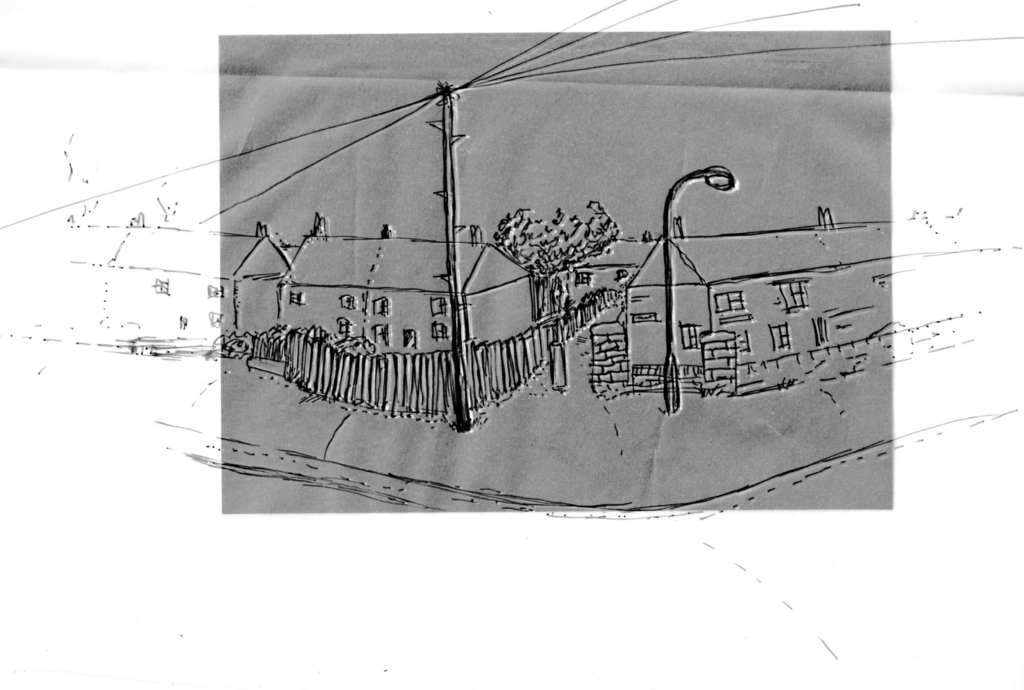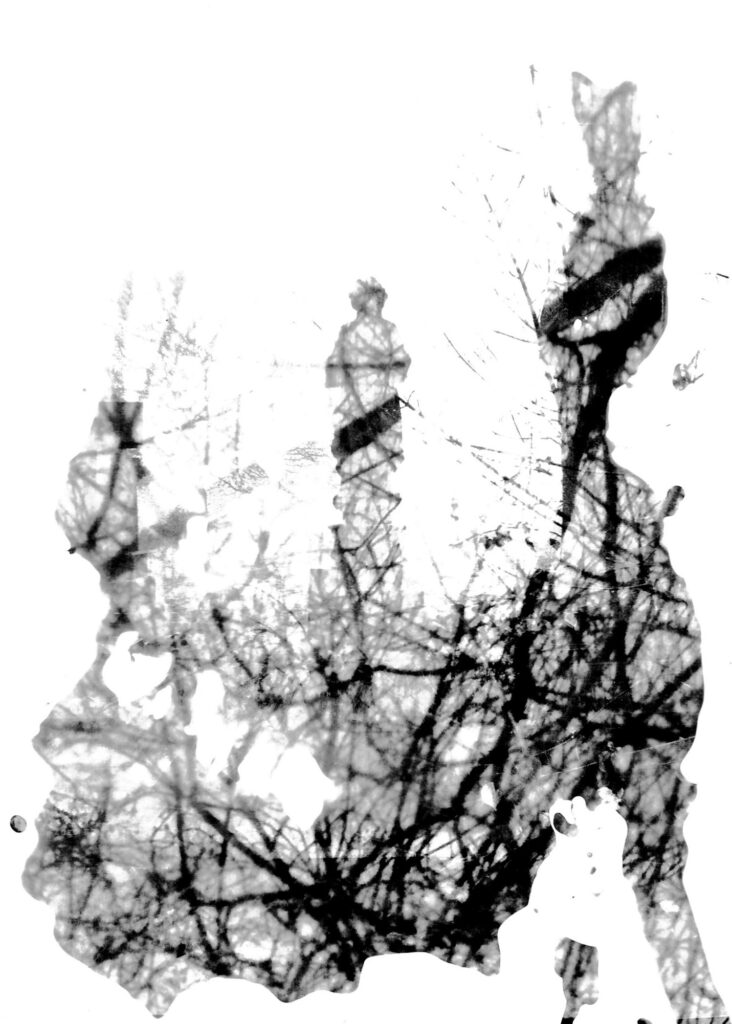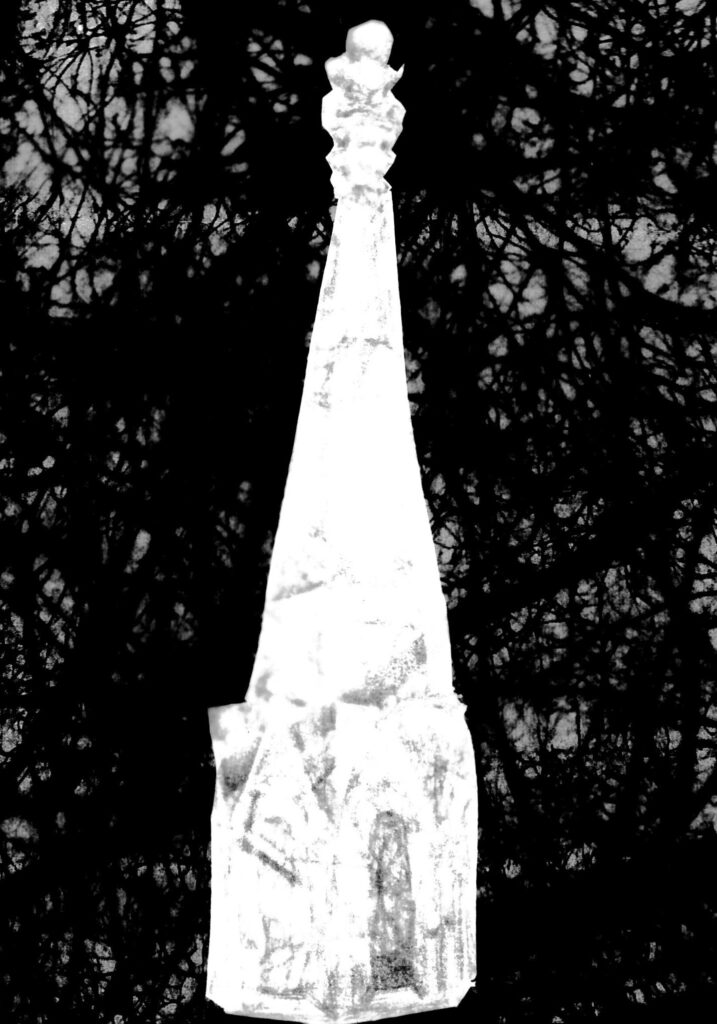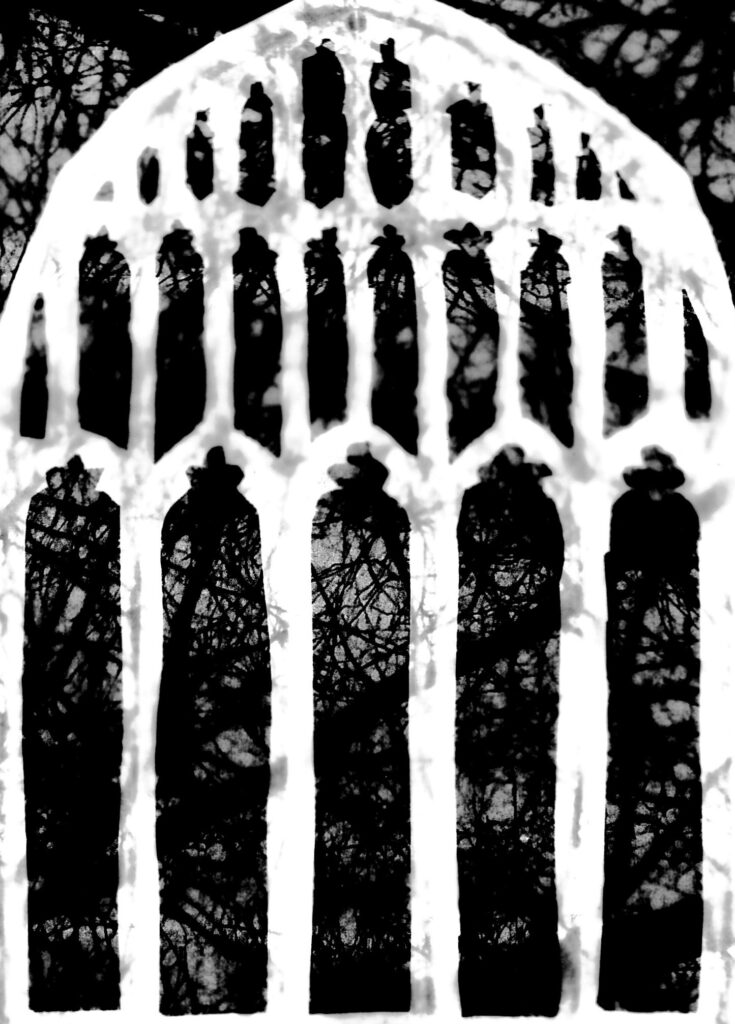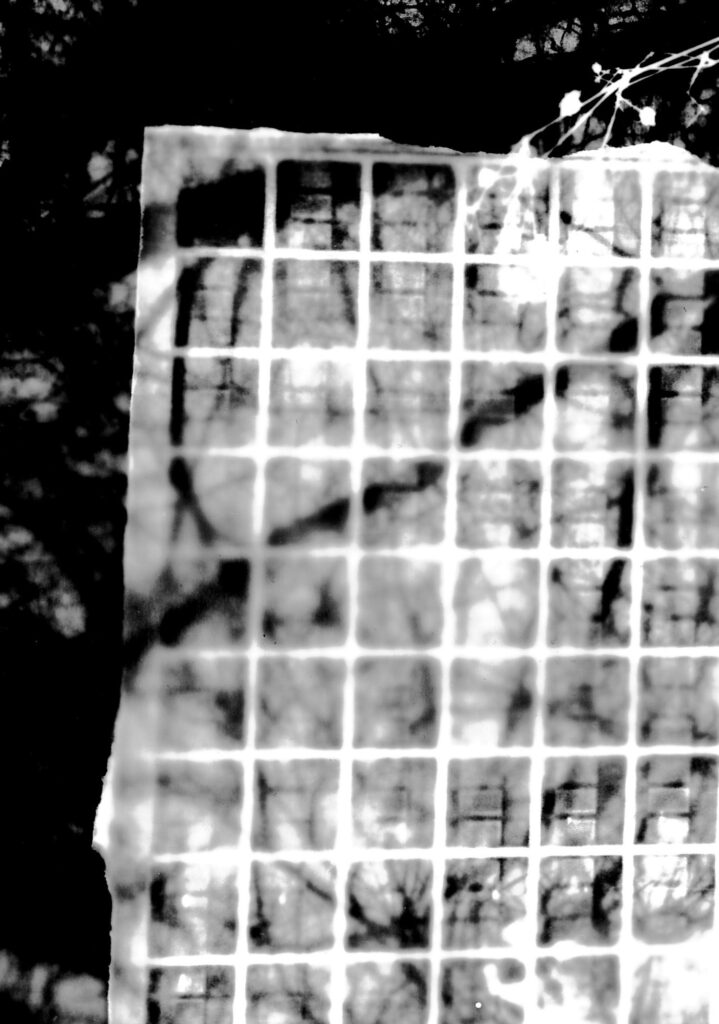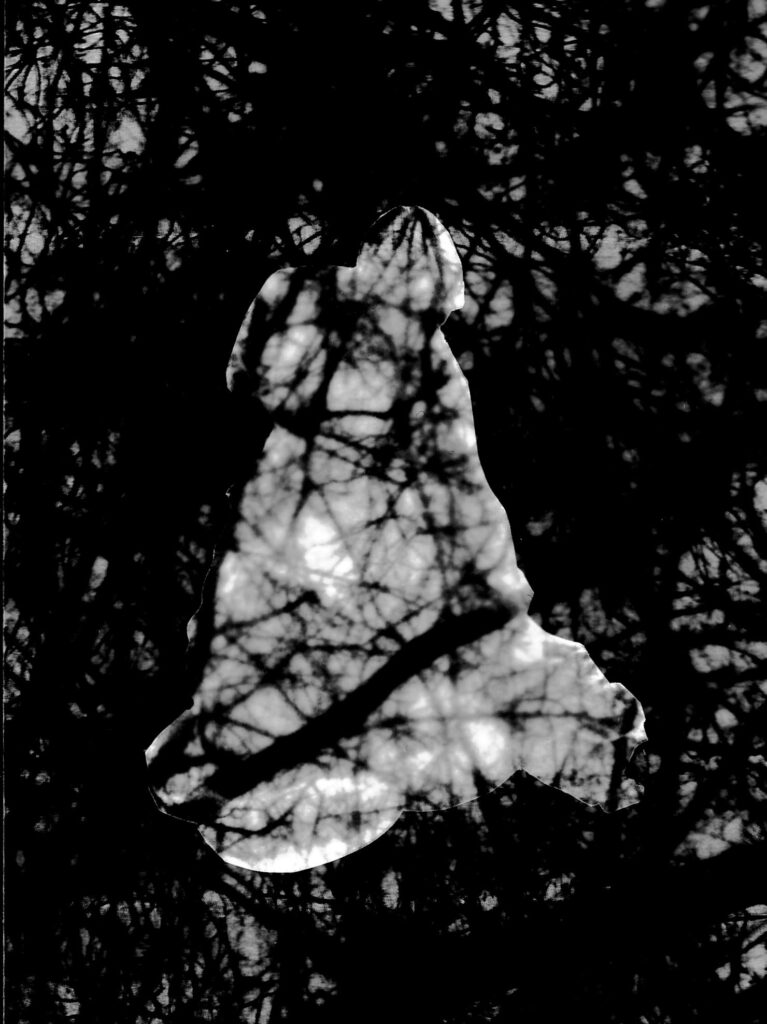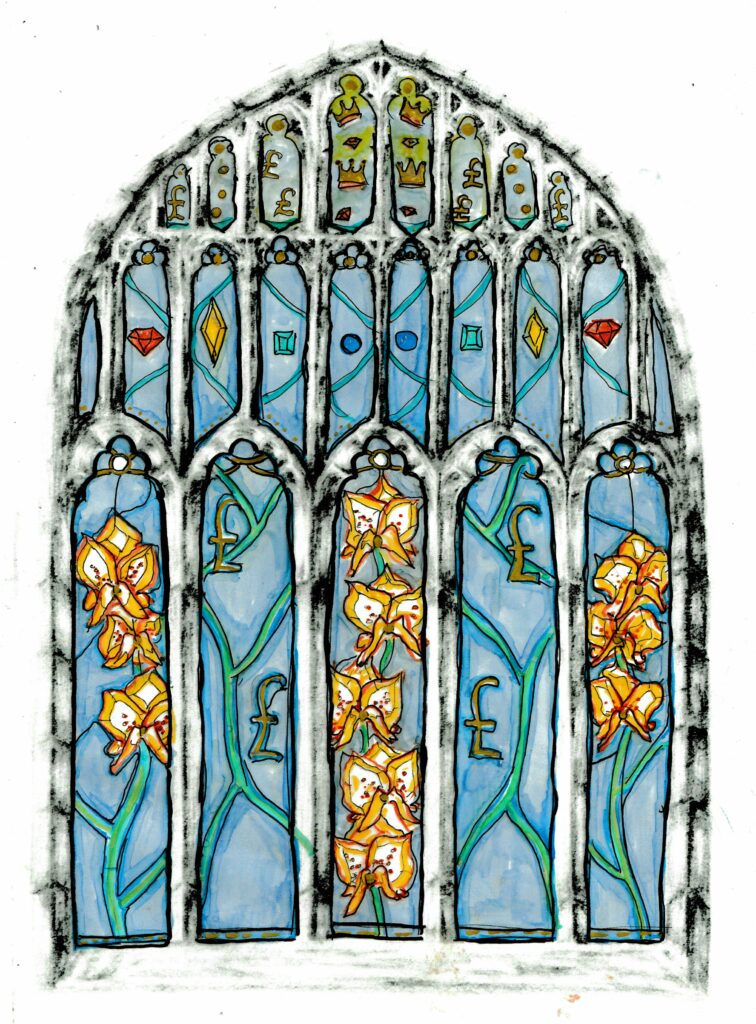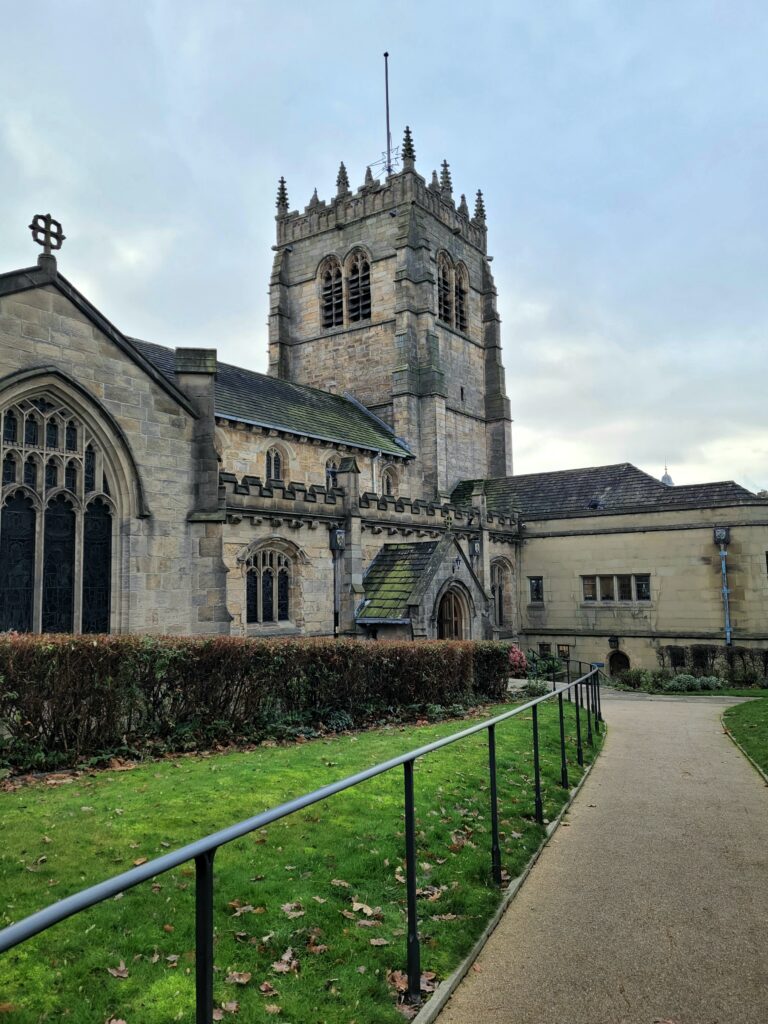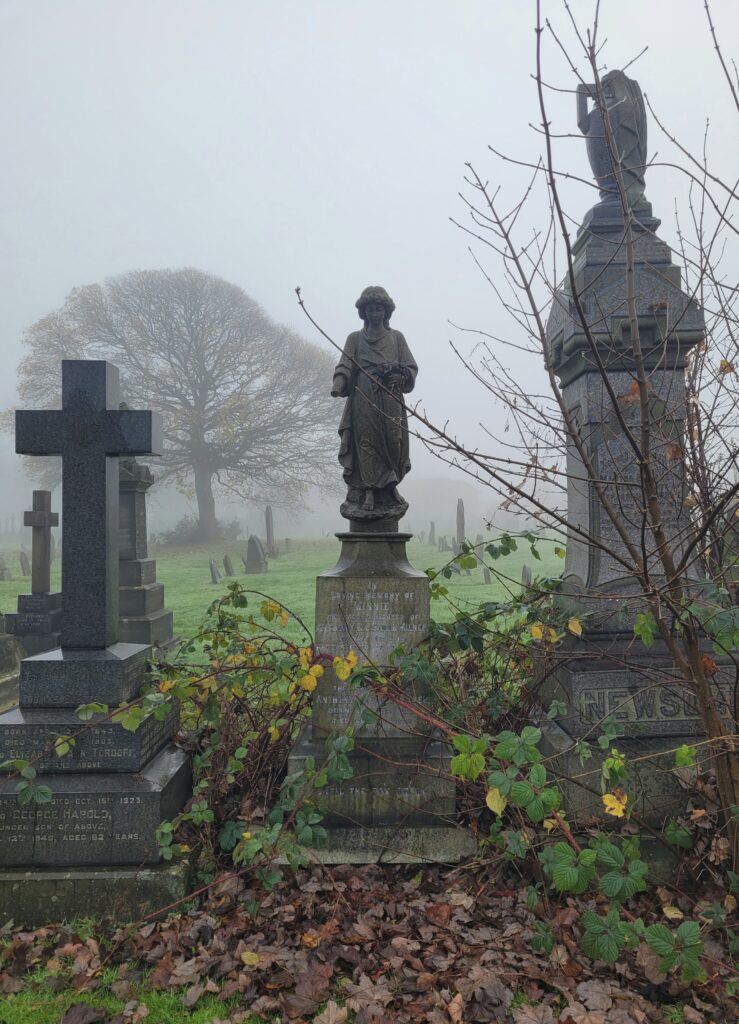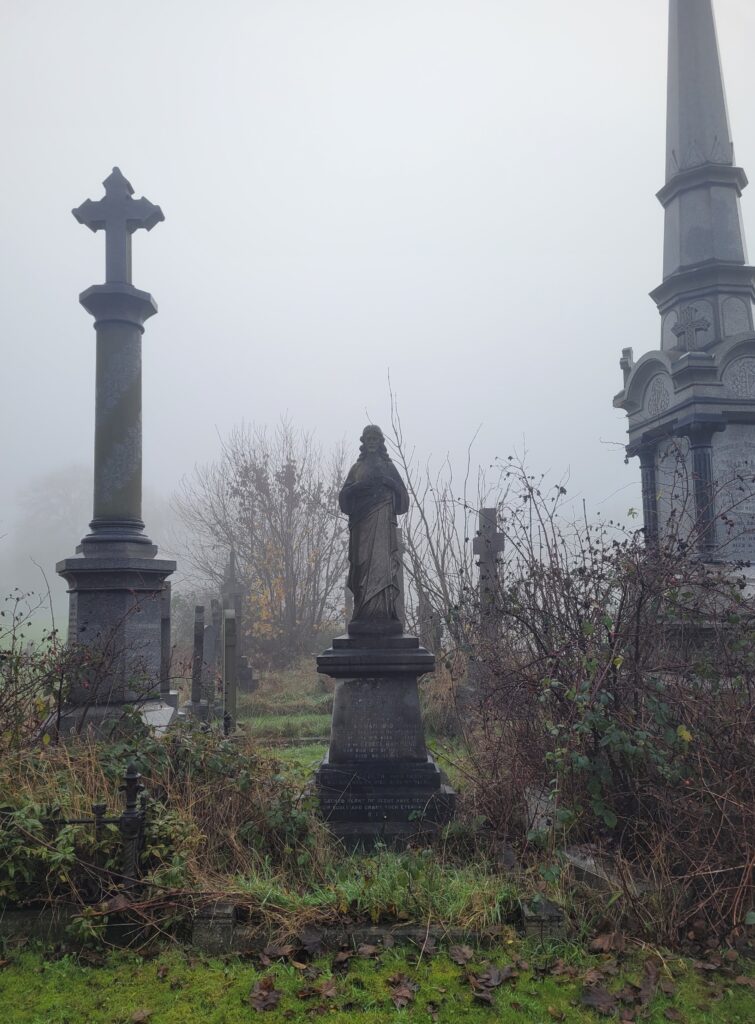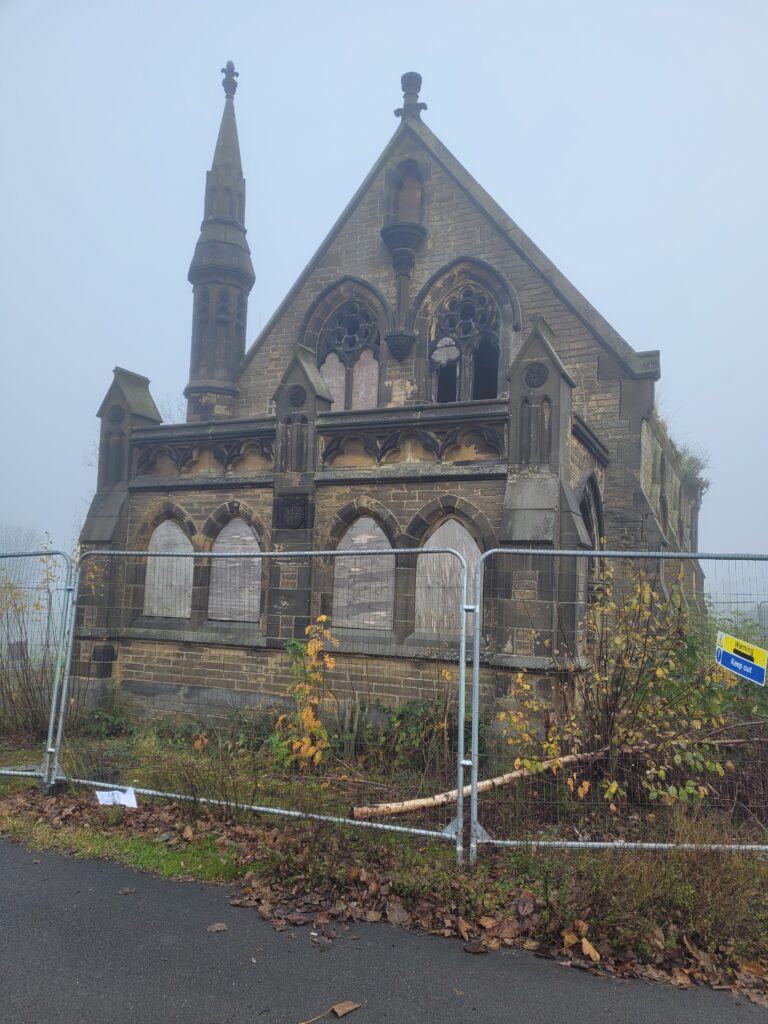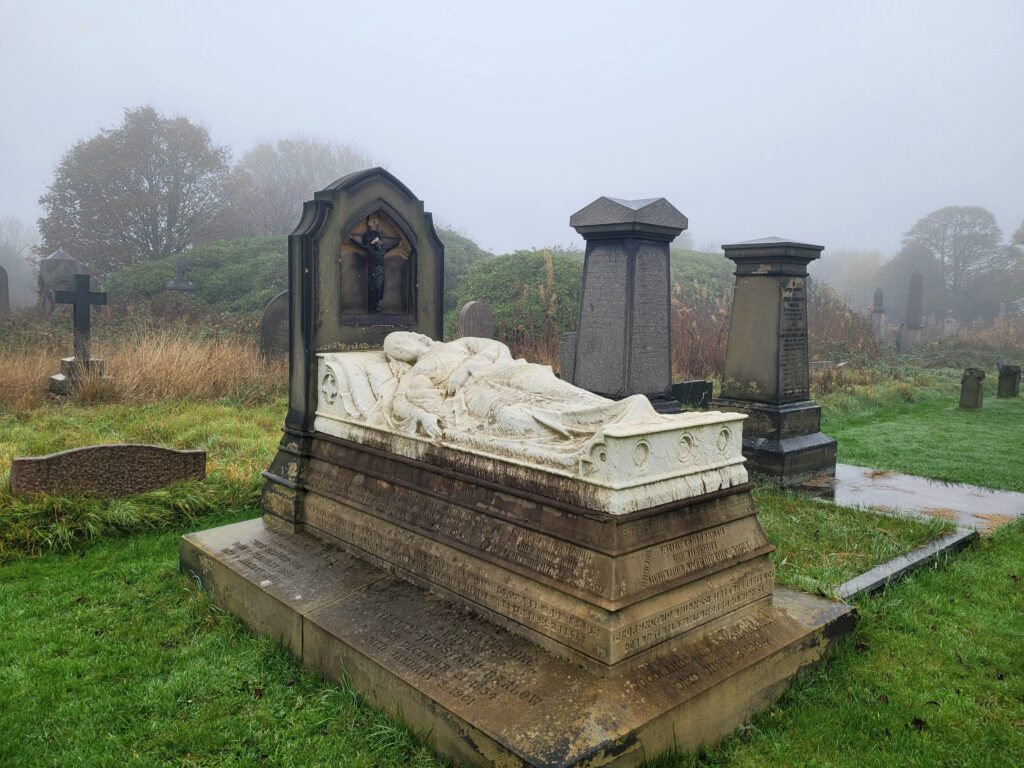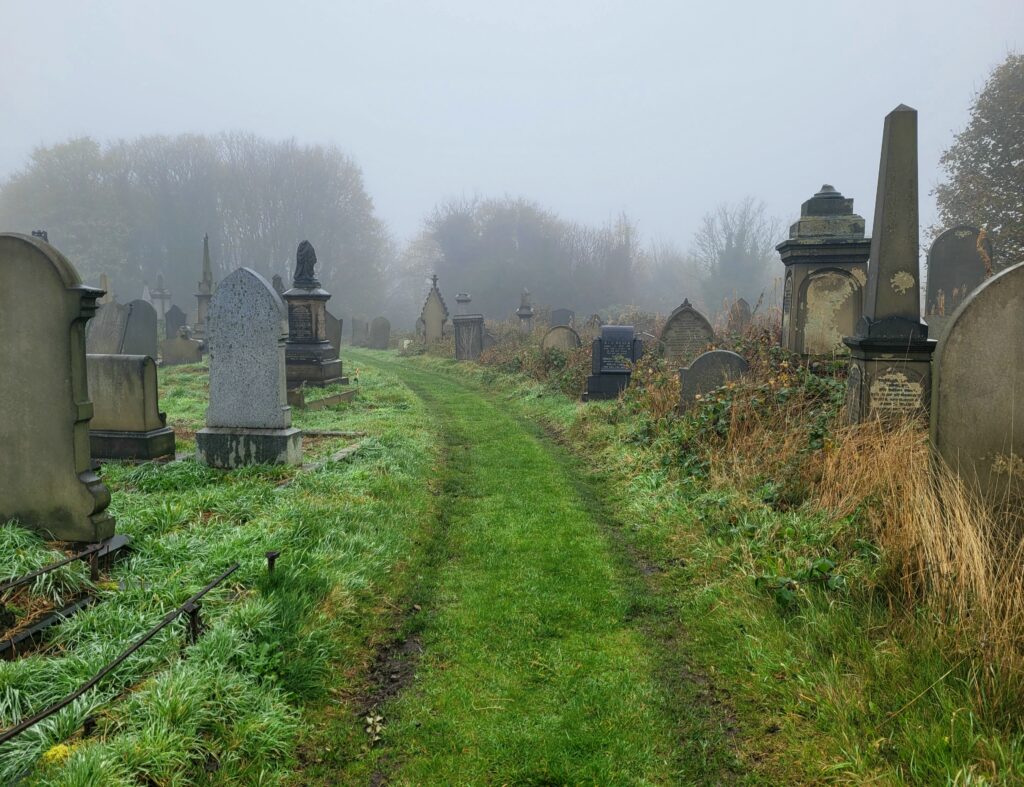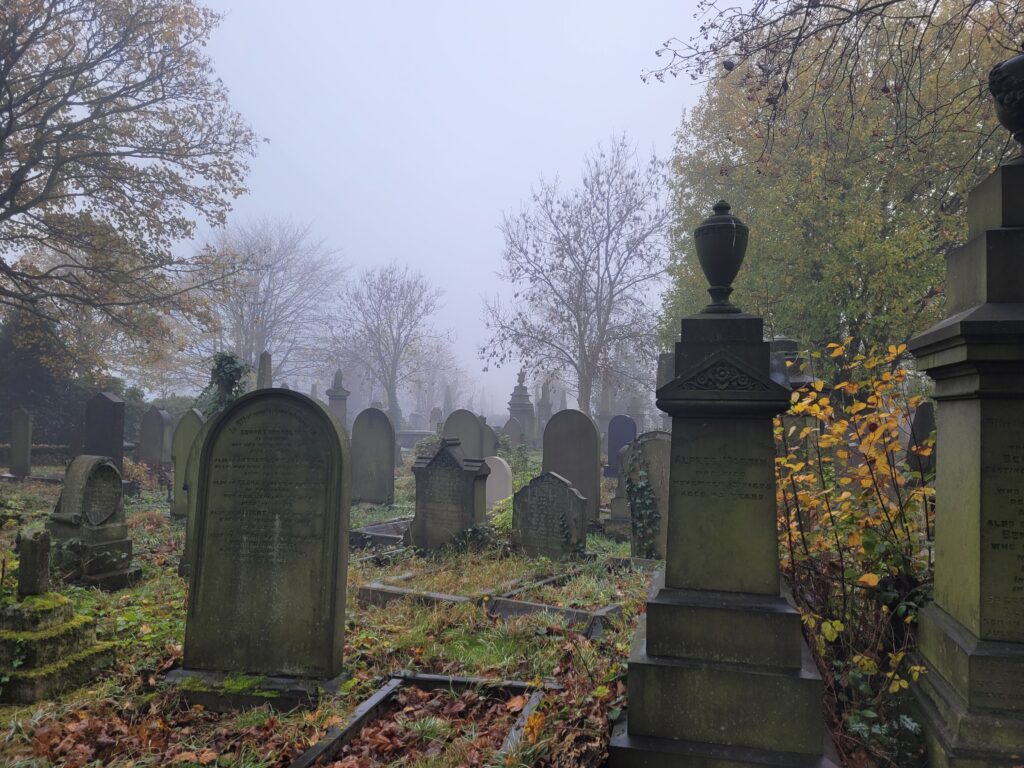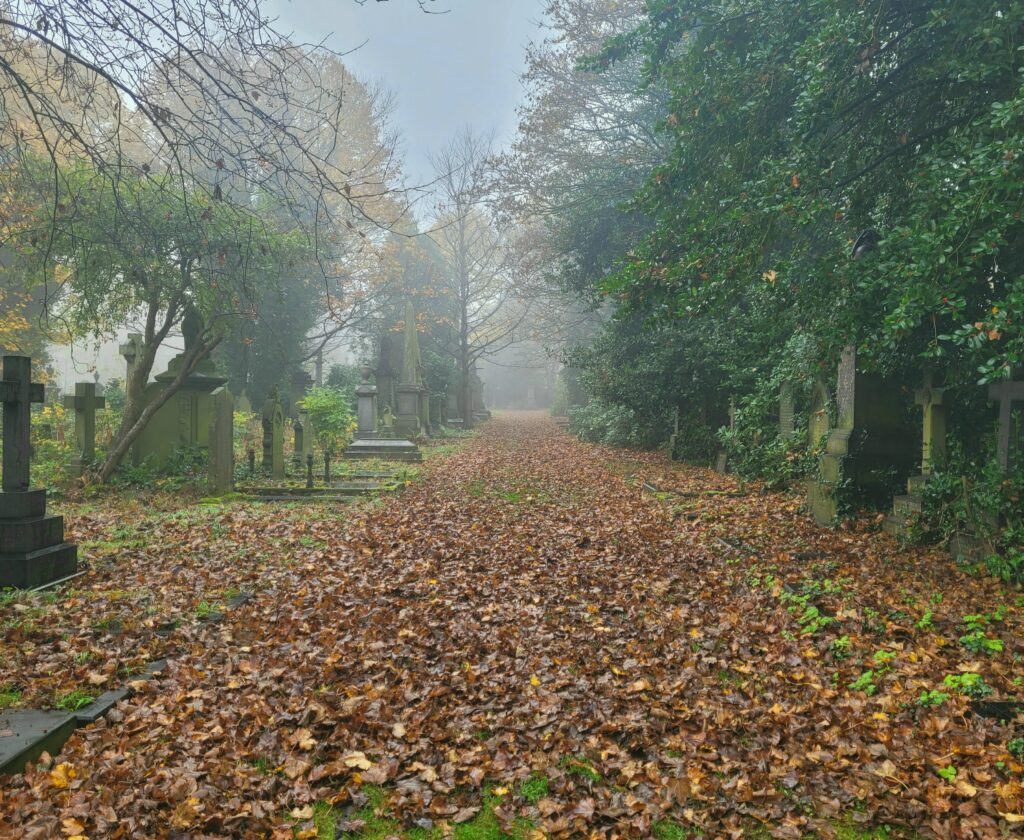For the culture project I plan on exploring historical buildings around Bradford, and in other parts of England.
I have always felt as though architecture is culturally valuable, and often reflects the mannerisms and characteristics of the place it is in; however, that seems to have changed within recent years- especially when comparing the older, more intricate designs of buildings, with the more universally applicable modern style of building. In my project, I would like to take this idea of comparing new buildings to older ones, and I think using the darkroom to combine photographs and sketches would work well for this.
I plan on visiting Bradford Cathedral, as I find that religious buildings have more distinct features that I find interesting. I especially like the stained glass used within churches, and I would possibly like to experiment with that within the project.
I have also taken some photos of the desolate Victorian chapel which can be found in Bowling cemetery, as, despite it’s small stature, I can imagine it was rather beautiful when it was still in use. I have already been creating sketches of different features of the building, however I think the overgrown aspect of it would work well with watercolours, as there are many colours that have worked their ways into the stone throughout the years.
I would also like to use charcoal for this project, as I think the depth and contrast it can create would work really well for emphasising individual buildings’ characteristics.
